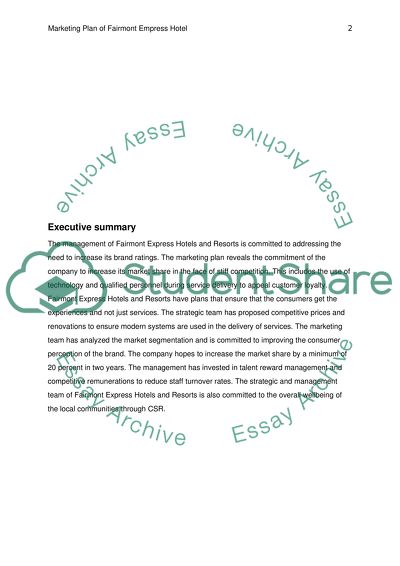Cite this document
(“Marketing plan of Fairmont Empress Hotel Assignment”, n.d.)
Retrieved from https://studentshare.org/marketing/1404011-marketing-plan
Retrieved from https://studentshare.org/marketing/1404011-marketing-plan
(Marketing Plan of Fairmont Empress Hotel Assignment)
https://studentshare.org/marketing/1404011-marketing-plan.
https://studentshare.org/marketing/1404011-marketing-plan.
“Marketing Plan of Fairmont Empress Hotel Assignment”, n.d. https://studentshare.org/marketing/1404011-marketing-plan.


